When you own a brownstone in NYC, you own a part of NYC’s history, as brownstones are a huge piece of the architectural history of NYC. While they are gorgeous pieces of architecture and add a lot of character to the city, the actual renovations are a huge undertaking. New brownstone owners need to understand the unique challenges ahead to save them headaches, money, and time on their renovations.
Here are six unique challenges brownstone owners need to understand before starting their renovations.
1. Landmark Designation Hurdles
A number of brownstones are under the watchful eye of the Landmark Preservation Commission. This means additional applications, material approvals, and design reviews before work begins.
- All exterior changes require LPC approval
- Historic materials must be matched exactly
- Expect added timelines of several weeks
- Fees range from $500 to $2,000+
Navigating this process is a lot easier if you hire a contractor who is already familiar with working on landmarked properties.
2. Hidden Shortcuts from Journey Owners
There are decades of DIY repairs behind those lovely walls. There was no modern oversight back in the day, and previous owners would hire handymen or do the projects themselves, sometimes to the detriment of the building’s structural integrity.
- Check electrical panels for outdated wiring
- Examine exposed plumbing for quick fixes
- Inspect finish quality in renovated rooms
- Budget $4,000–$15,000 for corrections
Pre-renovation inspections identify less serious quirks from major safety issues that need immediate attention.
3. Balloon Framing Challenges
Your NYC brownstone is likely to have balloon framing – a popular construction method in the 1800s where wall cavities run empty from the foundation to the top of the building. This leads to problems like poor insulation, moisture control issues, and a lack of structural and overall stability.
Practical Solutions
Complete reframing of a building can take more than $20,000–$60,000+. Instead, ensure your contractors add the proper insulation and vapor barriers. Address uneven floors through sistering beams for leveling support without costly full reconstruction.

